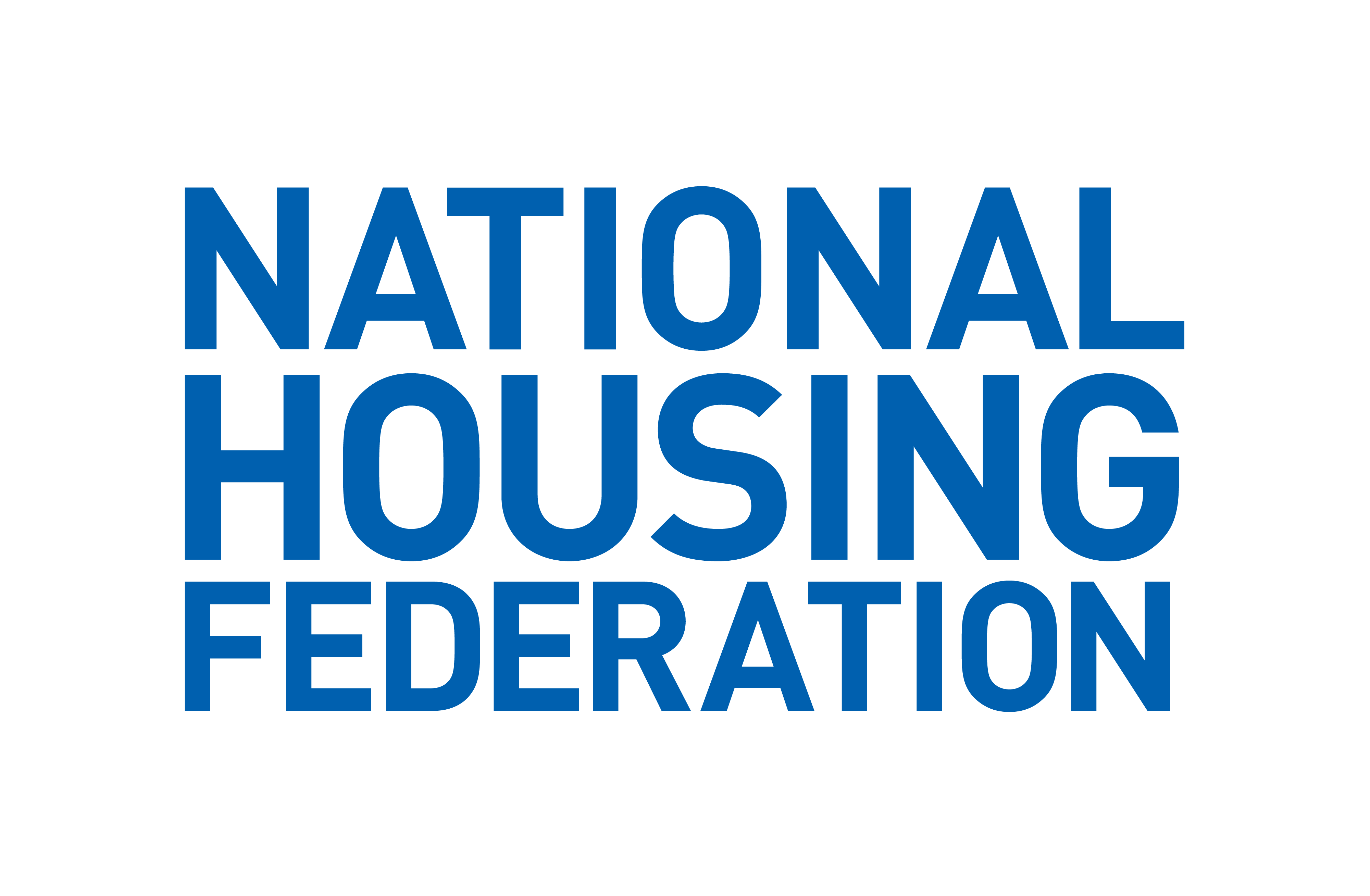Report on Community Mobilization for Sustainable Development Goals
Introduction and Event Overview
This report details a planned community mobilization event organized by the civil society group CODEPINK Bay Area. The primary objective of the action is to raise public awareness and foster engagement concerning the alleged use of Oakland Airport for military cargo shipments to Israel. The organizers assert that these shipments contribute to actions they define as genocide. The initiative is scheduled to occur in conjunction with the “No Kings rally,” aiming to leverage a larger gathering to disseminate information and build support for their cause.
Logistical Details of the Planned Action
- Date: October 18, 2025
- Time: 11:30 AM – 1:30 PM PDT
- Location: Wilma Chan Park, 810 Jackson St, Oakland, CA 94607, United States.
- Meeting Point: The west side of the park, adjacent to the labyrinth under the trees along Jackson Street.
- Contact Person: Eleanor at (510) 290-7071.
- Participant Guidance: Participants are encouraged to wear pink to signify their affiliation with the organizing group.
Alignment with Sustainable Development Goals (SDGs)
The planned demonstration and awareness campaign directly and indirectly supports several United Nations Sustainable Development Goals (SDGs). The core focus of the event is intrinsically linked to the 2030 Agenda for Sustainable Development, particularly in its call for peace, justice, and global partnership.
- SDG 16: Peace, Justice and Strong Institutions: This goal is central to the event’s purpose. By protesting military shipments and advocating against armed conflict, the action aims to “significantly reduce all forms of violence and related death rates everywhere” (Target 16.1). It represents a citizen-led effort to promote peaceful and inclusive societies and hold public and private institutions accountable for their role in global conflicts.
- SDG 11: Sustainable Cities and Communities: The mobilization addresses the use of local public infrastructure—Oakland Airport—for purposes that organizers believe undermine global peace and sustainability. This action highlights the responsibility of communities to ensure their resources are not complicit in activities that contradict the principles of creating safe, resilient, and sustainable human settlements globally.
- SDG 17: Partnerships for the Goals: The event exemplifies a grassroots partnership for sustainable development. It is a collaboration of concerned citizens and a non-governmental organization (CODEPINK) working to influence policy and achieve a common objective aligned with global peace. This form of civic engagement is a critical component of the multi-stakeholder partnerships required to achieve the SDGs.
- SDG 3: Good Health and Well-being: By opposing conflict, the initiative indirectly advocates for the protection of human life and the prevention of the severe physical and mental health crises that result from violence. This aligns with the fundamental objective of SDG 3 to ensure healthy lives and promote well-being for all at all ages.
Conclusion
The planned action by CODEPINK Bay Area constitutes a significant local effort to address complex global issues through the lens of peace and human rights. The event’s objectives are deeply integrated with the framework of the Sustainable Development Goals, particularly SDG 16, by advocating for peace and justice. It serves as a case study in how community-level activism can seek to influence institutional behavior in pursuit of a more sustainable and peaceful world, as envisioned by the 2030 Agenda.
Analysis of the Article in Relation to Sustainable Development Goals
1. Which SDGs are addressed or connected to the issues highlighted in the article?
-
SDG 16: Peace, Justice and Strong Institutions
This is the most relevant SDG as the article focuses on a protest against military shipments intended for a conflict zone. The core themes of the protest—opposing violence, challenging the use of public infrastructure for military purposes, and alleging grave injustices like genocide—directly align with the goal of promoting peaceful and inclusive societies.
-
SDG 11: Sustainable Cities and Communities
The article mentions a specific urban location, Oakland, and a key piece of its infrastructure, the Oakland Airport. The protest addresses the social impact of how this community infrastructure is being used, raising questions about its role in international conflicts versus its service to the local community. This connects to the goal of making cities inclusive, safe, resilient, and sustainable.
-
SDG 17: Partnerships for the Goals
The article is a call to action by a civil society organization (CODEPINK) for public participation in a rally. This mobilization of citizens to achieve a common goal (stopping military shipments) is an example of a civil society partnership aimed at influencing policy and promoting peace, which is central to SDG 17.
2. What specific targets under those SDGs can be identified based on the article’s content?
-
Target 16.1: Significantly reduce all forms of violence and related death rates everywhere.
The protest’s stated purpose is to stop the shipment of “military cargo to Israel to commit genocide.” By attempting to halt the flow of military supplies, the activists are directly addressing the means of violence and aiming to reduce its impact in a conflict area.
-
Target 16.4: By 2030, significantly reduce illicit financial and arms flows, strengthen the recovery and return of stolen assets and combat all forms of organized crime.
While the legality of the shipments is not discussed, the protest challenges the morality and impact of these arms flows. The action to “stop it” aligns with the broader goal of reducing the movement of arms that fuel conflict.
-
Target 16.7: Ensure responsive, inclusive, participatory and representative decision-making at all levels.
The rally itself is a form of public participation in the civic process. The article calls to “build the engagement we need to stop it,” demonstrating an effort by citizens to have their voices heard and influence decisions regarding the use of public facilities like the Oakland Airport.
-
Target 17.17: Encourage and promote effective public, public-private and civil society partnerships, building on the experience and resourcing strategies of partnerships.
The event described is a partnership between a civil society organization (CODEPINK) and the general public. The call to action for people to join the rally is a direct effort to build a coalition to achieve the shared objective of peace and justice.
3. Are there any indicators mentioned or implied in the article that can be used to measure progress towards the identified targets?
The article does not provide quantitative data but implies several qualitative and quantitative indicators for measuring the success of the protest and progress towards the targets:
-
Cessation of Military Shipments (Implied Indicator for Target 16.1 and 16.4)
The ultimate measure of success for the protesters would be the complete stop of military cargo shipments from Oakland Airport to Israel. Progress could be measured by a reduction in the frequency or volume of these shipments.
-
Level of Public Engagement (Implied Indicator for Target 16.7 and 17.17)
The article’s goal to “build the engagement we need” implies that the number of participants at the rally and the extent of public awareness raised (“spread the word”) are key metrics. A higher turnout would indicate successful civic participation and partnership building.
-
Institutional Response (Implied Indicator for Target 16.7)
While not stated, a key indicator of progress would be any response from the authorities managing the Oakland Airport or from government officials regarding the use of the airport for military shipments. A responsive decision-making process would acknowledge and act upon the concerns raised by the protesters.
4. Summary Table of SDGs, Targets, and Indicators
| SDGs | Targets | Indicators (Implied from the article) |
|---|---|---|
| SDG 16: Peace, Justice and Strong Institutions |
|
|
| SDG 11: Sustainable Cities and Communities |
|
|
| SDG 17: Partnerships for the Goals |
|
|
Source: codepink.org






